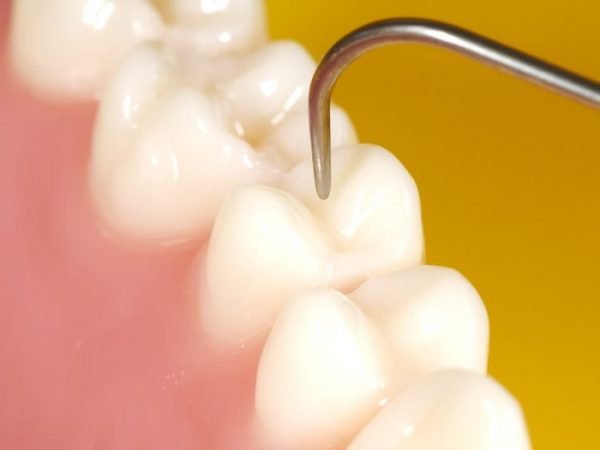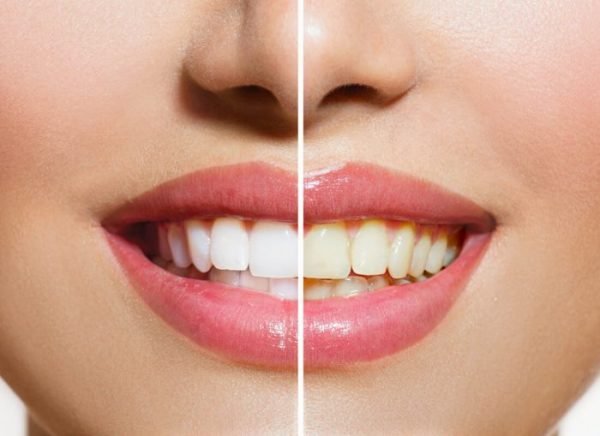ABOUT INVISALIGN
Invisalign aligners are a clear alternative to metal braces. These are very subtle and comfortable, and fit closely over the teeth. The treatment generally lasts between 1 and 2 years, and involves regular trips to the orthodontist. Each set of clear Invisalign aligners is worn for 2 weeks to slowly guide the teeth into their new position.
Recommended for
- Underbites
- Overbites
- Open bites
- Cross bites
- Overcrowding
- Spacing
- Gapped teeth
- Crooked teeth
TIME REQUIREMENTS
- Average length of stay abroad: 1 – 2 days.
- Number of trips abroad needed: 12.
Patients will usually have to make several trips to the orthodontist. This should be discussed before deciding on a treatment plan, as it may be necessary to find a dentist close to home.

COMPARE INVISALIGN PRICES AROUND THE WORLD
| Country | Cost |
|---|---|
| Costa Rica | 4037€ |
| Mexico | 2931€ |
| Spain | 2500€ |
| Poland | 2110€ |
| United Kingdom | 1792€ |
| Thailand | 1454€ |
HOW TO FIND QUALITY TREATMENT ABROAD
BEFORE INVISALIGN ABROAD
In the first consultation, the patient and dentist will discuss the goal of the treatment and possible treatment options. X-rays and photos of the teeth are usually taken.
Having decided to pursue Invisalign treatment, the dentist will take impressions of the mouth, and in some cases take further X-rays.
HOW IS IT PERFORMED
Once the patient has received their custom Invisalign aligners, they should be worn all the time, except for when eating or cleaning the teeth. Around every 2 weeks the aligners are replaced with new ones, slowly guiding teeth into their new position.
For adults, the process usually takes around 1 or 2 years, and patients usually see their dentist every 6 weeks or so to check on progress and receive their next few sets of aligners. For this reason, patients should be prepared to travel to their dentist regularly and it is recommended to consider dental practices close to home.

WHAT TO EXPECT AFTER INVISALIGN
Post procedure care
After treatment, most patients benefit from a retainer to maintain their teeth in their new position.
Possible discomfort
Invisalign braces are designed to fit more comfortably than traditional braces, and ought to be less painful than metal brackets.
FREQUENTLY ASKED QUESTIONS
There is no pain during Invisalign treatment. There may be some irritation of the gums during the first few days as you become accustomed to wearing them, but this will lessen over time.
Invisalign has a very good reputation among dentists and orthodontists. The key to getting results from Invisalign is following all of the doctor’s instructions. Invisalign is a process, not a product. Most often, problems with Invisalign result from poor patient compliance. At the end of treatment, most patients are satisfied with the results, and any minor imperfections can be solved by simply extending the treatment. Another important factor is the dentist supervising your treatment, as it is their responsibilty to monitor your progress and make adjustments as necessary.
Only your orthodontist can give you advice on the best options for your situation. Traditional braces and Invisalign produce very similar results, however the difference is how well the patient follows the routine of Invisalign treatment. For patients who cannot closely follow a routine, braces may be a better option. You should discuss the entire process with your doctor and decide whether or not you think Invisalign is a good option.
Invisalign involves a process. There will be significant work on your part to keep up with the routine of changing the trays on time and making sure you follow all of the instructions from your dentist. With braces, little work is needed on the part of the patient other than to maintain the good oral hygiene. However, many patients find that even with the minor upkeep involved, they are very happy with having Invisalign over regular braces and most patients don’t have any difficulties once they are used to the trays being in their mouth.















